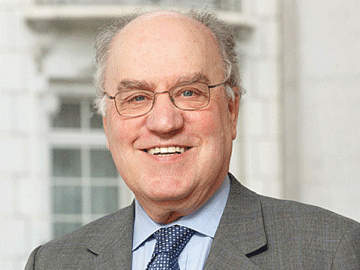
EUROPE: Speaking at Unife's 2015 General Assembly in Bucuresti on June 18, European Co-ordinator Karel Vinck announced an update of the ERTMS deployment plan.
Conceding that insufficient information had been available when the plan was adopted on July 22 2009, he reported that the European Commission had now agreed to a review of the programme. Work was in progress with infrastructure managers and member states to determine what should be achieved by 2030.
Vinck said that the new approach would be developed in two stages. In the first, to be drawn up by December this year, the parties would agree on where ERTMS should be installed over the five years to 2020. A second stage covering 2020-30 would be agreed by April 2016. He expects the new Deployment Plan to be formally adopted by the end of 2016.
Addressing around 200 delegates at the General Assembly, European Railway Agency Executive Director Dr Josef Doppelbauer announced that, following the informal agreement on the Technical Pillar of the Fourth Railway Package on June 17, ERA would make two commitments for 2015. First, it would deliver Release 2 of the Baseline 3 specification. Second, it would publish ‘a strategic road map’ for new functionalities that could include developments arising from the Shift2Rail programme.
In the meantime the priority was to enshrine the principle of compatibility, including backwards compatibility in Release 2 of Baseline 3. ‘We have to ensure that no infrastructure can be authorised that does not comply with compatibility requirements’, he said.
ERA had received over 100 requests for changes, but Doppelbauer considered it impossible to meet the needs of all railways as ‘in most cases’ the requests were contradictory; he could only promise to be fair and transparent. There were nevertheless 10 priority change requests that would appear in the road map. It was vital to ensure stability and introduce changes in a smooth and manageable way.

















